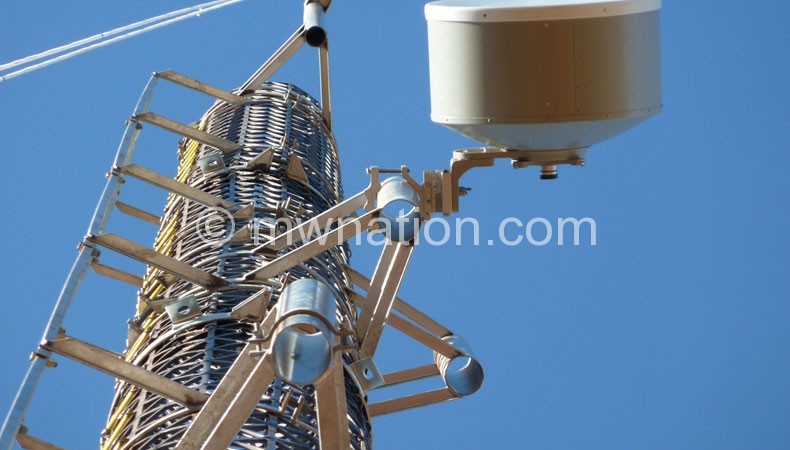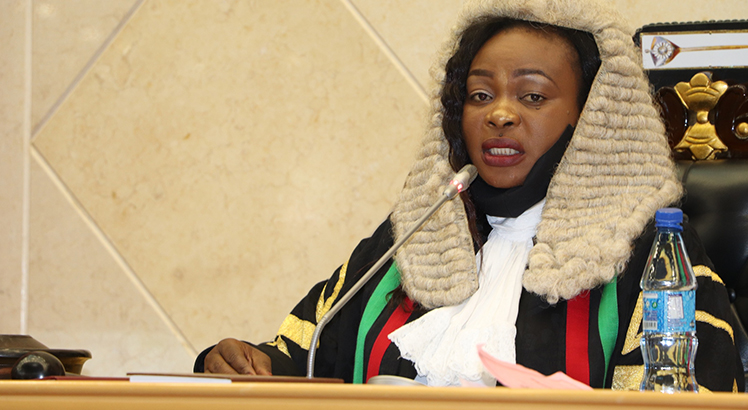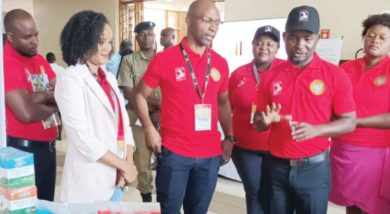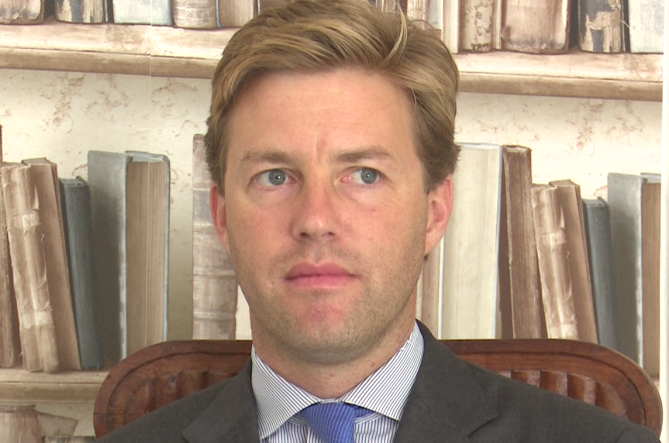Malawi finalises TV white spaces pilot phase
Malawi has finalised a pilot phase of the rolling out of television white spaces (TVWS) technology with a general conclusion that the technology can work well both during rainy and dry seasons.
The TVWS technology uses the free spectrum channels in the UHF television band to provide broadband wireless connectivity in line with Malawi Communications Regulatory Authority (Macra) goal to promote universal access to information and communications technology (ICT) in Malawi, according to a project review report.
Currently, Internet penetration rate in Malawi stands at 6.7 percent and Macra hopes that through the TVWS technology, new frontiers would be opened in telecommunication, especially for rural areas currently underserved by ICT services.
Macra deputy director (spectrum management) Jonathan Pinifolo said in an interview the key driver for the project is the need to develop innovative techniques for spectrum sharing in Malawi to improve quality of service as well as quality of life.
He said: “The other target is to improve Internet penetration beyond the current 6.7 percent and promote universal ICT access.”
Macra has been working on the project in partnership with the Physics Department at Chancellor College, a constituent college of the University of Malawi (Unima), and Marconi Wireless Lab T/ICT4D to promote research and development in the field of ICT, according to the project brief.
The brief said TVWS, unlike other fixed broadband services, demonstrated 2.6 times better data rates given the same operating conditions.
During the pilot phase, the TVWS network was deployed in Zomba and Mulanje districts. In Zomba, the network has its base at Chancellor College Radio Station and was installed at St. Mary’s Secondary School, Geological Surveys Department, Malawi Defence Force (MDF) Airwing and Pirimiti Hospital.
On the other hand, in Mulanje, the network was installed with a base station at Mulanje Malawi Telecommunications Limited (MTL) tower and two client radios at Chitakale Teachers’ Development Centre (CTDC) and Mulanje Secondary School.
Pinifolo said the Malawi Television White Spaces Case Study was submitted at International Telecommunication Union in Geneva, Switzerland as an initiative taken to research on the TV white spaces technology since 2012 to improve the technology capacity, capability and livelihoods of Malawians and others in Africa.





